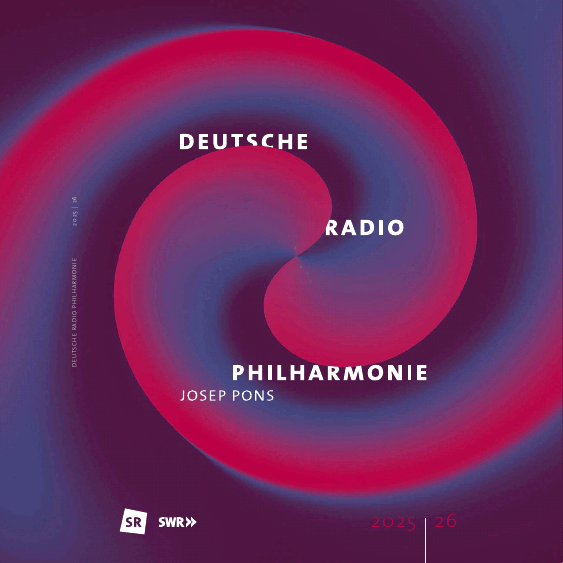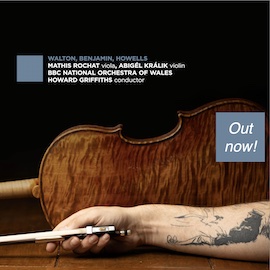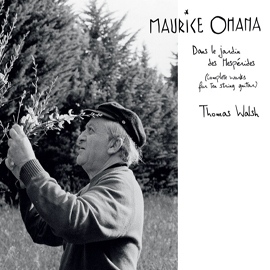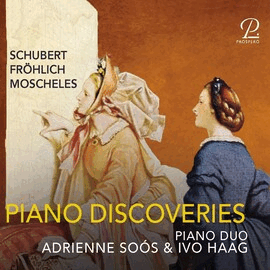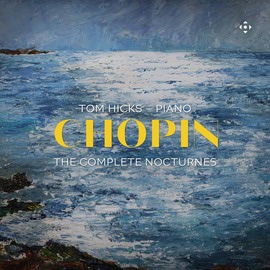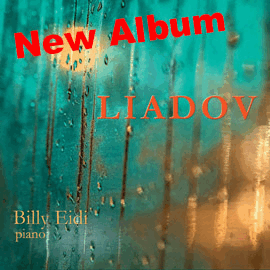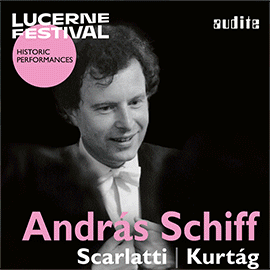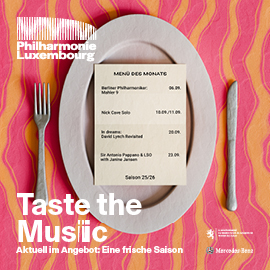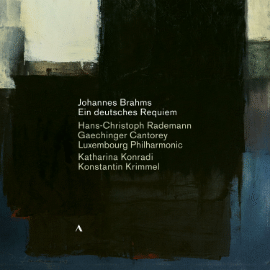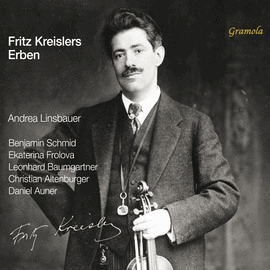Der 31 Jahre alte, aus Guernsey stammende Pianist Tom Hicks legt mit diesem Album eine der interessantesten Gesamtaufnahmen von Chopins Nocturnes vor. Interessant sind die Interpretationen, weil sie persönlich sind, ohne recherchiert oder übertrieben eigenwillig zu sein.
Zu der Aufnahme liefert Divine Arts diese Angaben: « Bei der Einspielung dieser Nocturnes nimmt Hicks Ekiers gedruckte Ausgabe, einschließlich einiger weniger bekannter Varianten, als Ausgangspunkt, bezieht sich aber auch auf die Chopin-Online-Ausgabe, die Zugang zu hochwertigen Scans von Manuskripten und frühen Ausgaben bietet, und würdigt damit Chopins vielschichtigen kreativen Prozess, in dem Improvisationen eine zentrale Rolle spielten. Hicks bezieht einige von Chopins eigenen Verzierungen und gelegentlich lokalisierte Improvisationen ein, die bei Aufführungen und vor allem bei Aufnahmen selten zu hören sind. » Das zeigt nicht nur, dass Hicks sich eingehend mit den Nocturnes beschäftigt hat, sondern auch nach möglichst eindrücklichen Interpretationen sucht, die übrigens nachts gemacht wurden.
Das Spiel ist von extremer Klarheit, ungemein phantasievoll, von unglaublicher Frische und Spontanität. Es gibt darin ein sehr waches Rubato, ganz unerwartete Akzentuierungen, ungewohnte Artikulierungen und feinste Farbnuancen sowie wunderbare dynamische Schattierungen.
Einen ähnlichen Reichtum an Differenzierungen, die diese Werke so unverwechselbar machen, ist mir eigentlich nur von der Pires-Aufnahme in Erinnerung. Hicks lässt uns am Geheimnis dieser Chopin-Kompositionen teilhaben und regt damit auch unsere Fantasie an.
Thirty-one-year-old pianist Tom Hicks, originally from Guernsey, presents one of the most interesting complete recordings of Chopin’s Nocturnes with this album. His interpretations are notable because they are personal yet not overly idiosyncratic or manneristic.
Divine Arts provides the following information about the recording: « In recording these nocturnes, Hicks takes Ekier’s print edition, including some of those lesser-heard variants, as a starting point but also refers to the Chopin Online edition, which provides access to high-quality scans of manuscripts and early editions, paying homage to Chopin’s multifaceted creative process, in which improvisations were central. Hicks includes some of Chopin’s own embellishments and occasional localized improvisations, which are rarely heard in performance and especially recordings. »
This demonstrates that Hicks has studied the nocturnes in depth and seeks the most impressive interpretations possible. Incidentally, these interpretations were made at night.
The playing is extremely clear, immensely imaginative, incredibly fresh, and spontaneous. There is alert rubato, unexpected accents, unusual articulations, and fine nuances of color and dynamic shading.
The only other recording I can recall that displays a similar richness of differentiation, which makes these works so distinctive, is the Pires recording. Hicks allows us to share in the mystery of these Chopin compositions, thereby stimulating our imagination.



